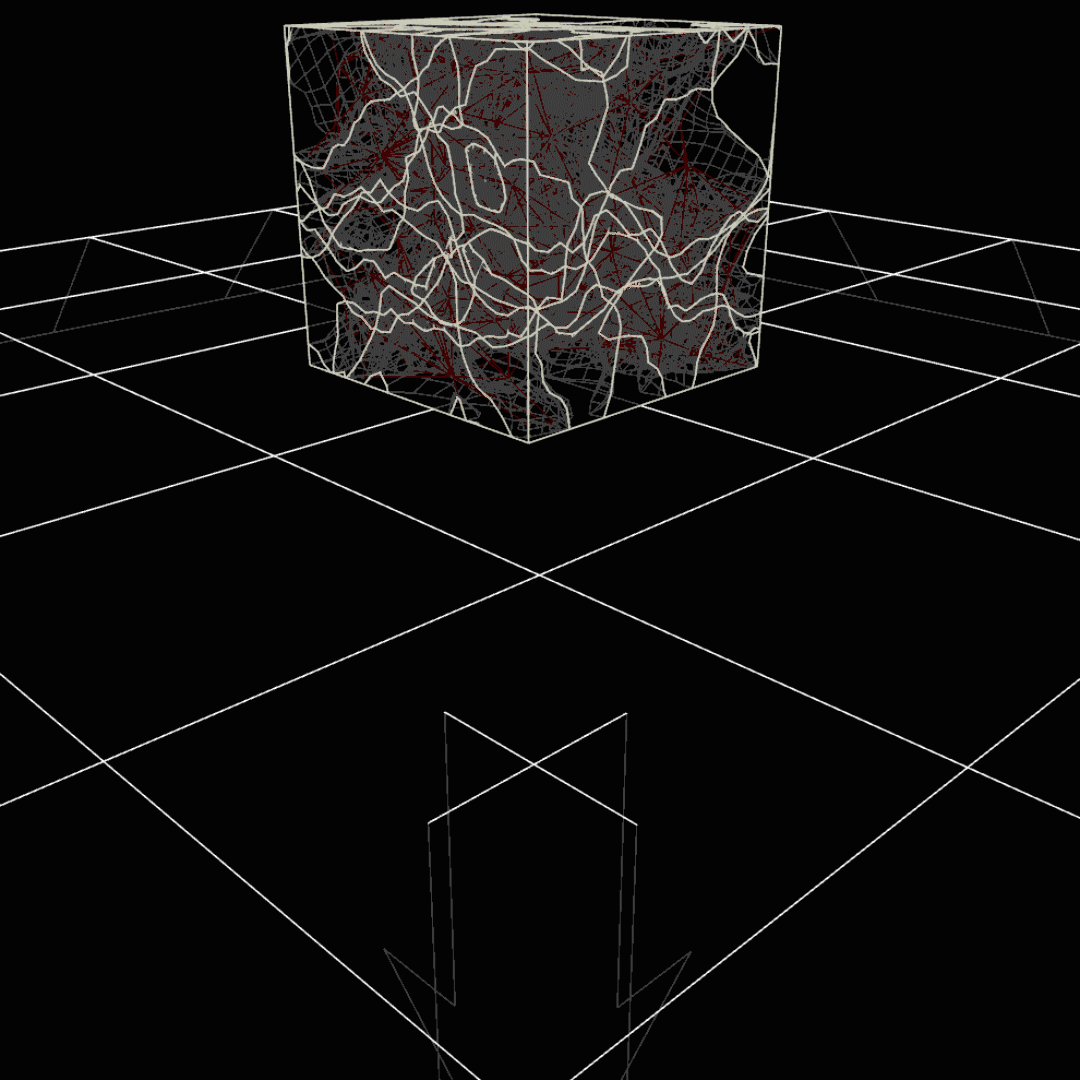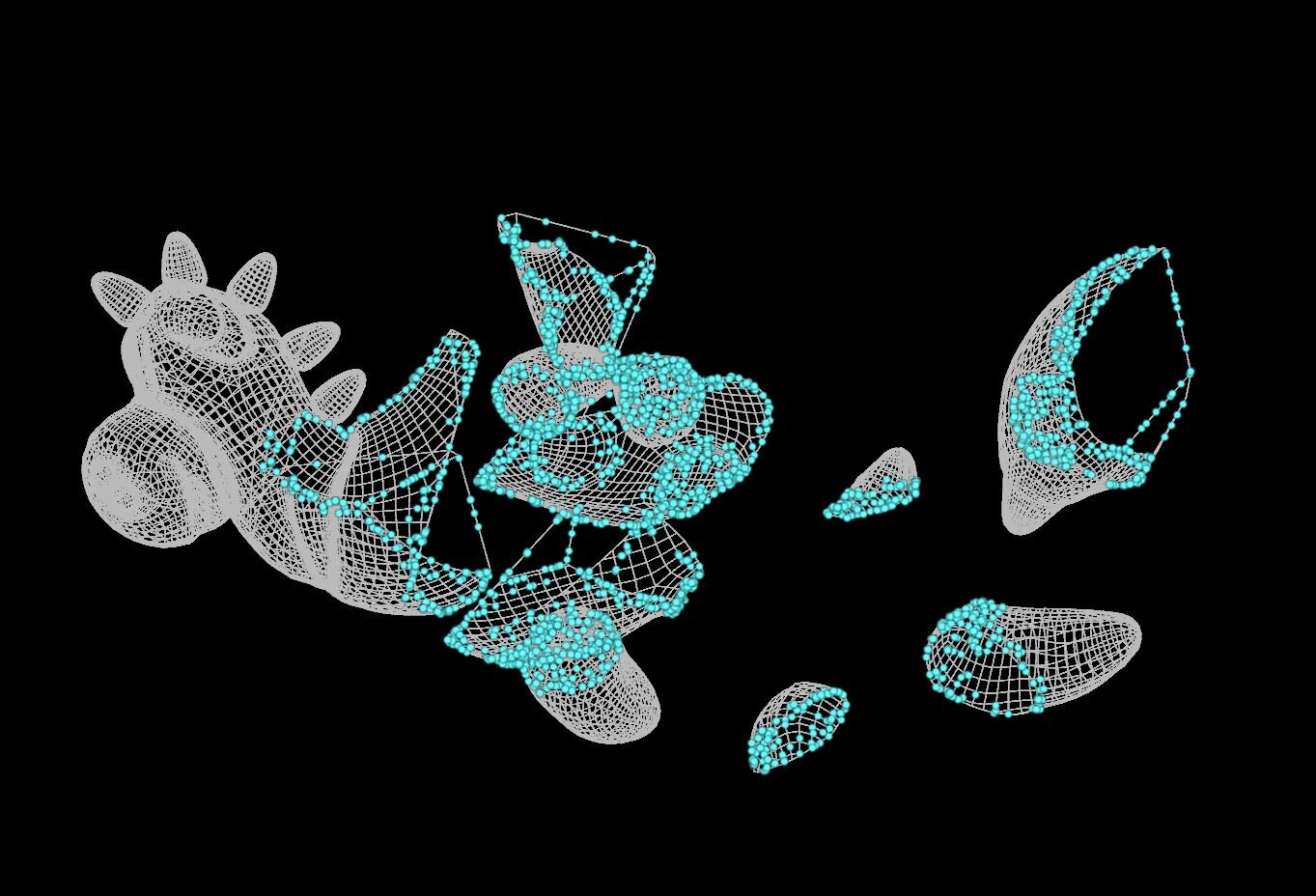The Crowd tools in Houdini is optimized very well. The 3D animated characters used in the Crowd system are known as Crowd Agents in Houdini. Houdini bakes the animations and a name is assigned to the animation for the corresponding agent. This makes it easy to attach several animations to one rigged character.
Read MoreIn this article, I demonstrate how to setup a very defined force field that will influence certain geometries in the destruction simulation. This should leave certain geometries in the same dopnet unaffected by the forces, but still have forces affect selected geometries.
Read MoreBoolean Fracture node automatically assigns unique names to each fractured piece and automatically sets up glue constraints for us. Here I show a demonstration on how to use the Boolean Fracture node for a simple dopnet simulation.
Read MoreBoolean logic is all about shape relationships. Cutting holes into a geometry with another geometry or combination of different geometrical shapes to create new shapes.
Read MoreThis calculator will compute the animation length (seconds) or the total number of frames you need. All you have to do is fill in 2 pieces of information. I hope this will help you make your scene setup a bit easier.
Read MoreInstalling Threadripper 3960x onto the motherboard, Windows License Reactivation (if you’re reusing your current OS configuration), CPU Thermal Paste coverage area vs Standard sized Liquid Coolers, Custom PC Power Button (hooking up jumper wires to header pins),
Read MoreAMD isn’t quite done with their new lineup of Threadrippers. The much anticipated AMD Gen 3 Threadripper 3990x is due for release on February 7th, 2020, which has a whopping 64 cores and is capable of 128 threads. Imagine what you can do with all that raw power!
Read MoreFracture a geometry, add interior noise displacement using RBD Tools, and material blending in Redshift.
Read MoreHave you ever tried rendering a transparent material that is fractured? How about rendering a fractured geometry before it breaks? This becomes an issue when rendering a destruction simulation with glass-like material, because the geometry looks broken before it actually breaks. This article describes briefly how in the video tutorial these issues are solved.
Read MoreThe RBD Tools redefine the workflow and simplified how the physical attributes are created and how easily it is to create and customize constraints. Break and switch constraints is super awesome feature and all this power with a click of a mouse. It’s starting to feel like cheating.
Read MoreHere we demonstrate how to add dust pyro to the a previous Destruction scene that already contained Debri Particles to exaggerate the collision impact. Here we reuse the Debri Source points and convert it into a volume.
Read MoreI demonstrate how to use the Shatter tool, RBD Glued Objects, and Debri Shelf Tools to create a destruction scene with a few mouse clicks.
Read MoreDebri Source node detects the collision impact on a fractured geometry and creates emission points that will be the source points for a particle simulation, which can be rendered as Debri particles.
Read MoreUsing two existing points that are used as vectors to derive a new force vector. Repeat this for every single point on a sphere geometry to create a force field that can be used to influence simulations.
Read MoreHere I demonstrate how to animate the force field to produce a delay in the destruction of a fractured wall. This is a technique I used to produce some variation in the scene of the destruction of a fractured wall structure. The resulting visual effect has a huge hole that gets blasted through the wall and slowly destroys the rest of the wall pieces as the force field grows in its animation.
Read MoreHow to calculate the centroid of a geometry? Math explanation behind $CEX $CEY $CEZ Houdini expression
Read MorePoints can be formed into vectors. By knowing one point position and the origin position, using two points, a vector can be formed. This comes super handy in Houdini once we realize this. Vector manipulation can be used to influence simulations.
Read MoreControlling destruction blast with additional geometry as a driver. Coding the force of the blast and augmenting the RBD (Rigid Body Dynamics) solver with custom made forces.
Read MoreDemonstrates how to setup a simple basic RBD (rigid body dynamic) dopnet simulation scene in Houdini with glue constraints. The glue strength is adjusted to a level that withstands the gravity. This is a perfect starting point or template that can be used as a starting point before adding more complex forces.
Read MoreBrief explanation on how the New if block nodes work in Houdini versus the Old if block nodes.
Read More



















